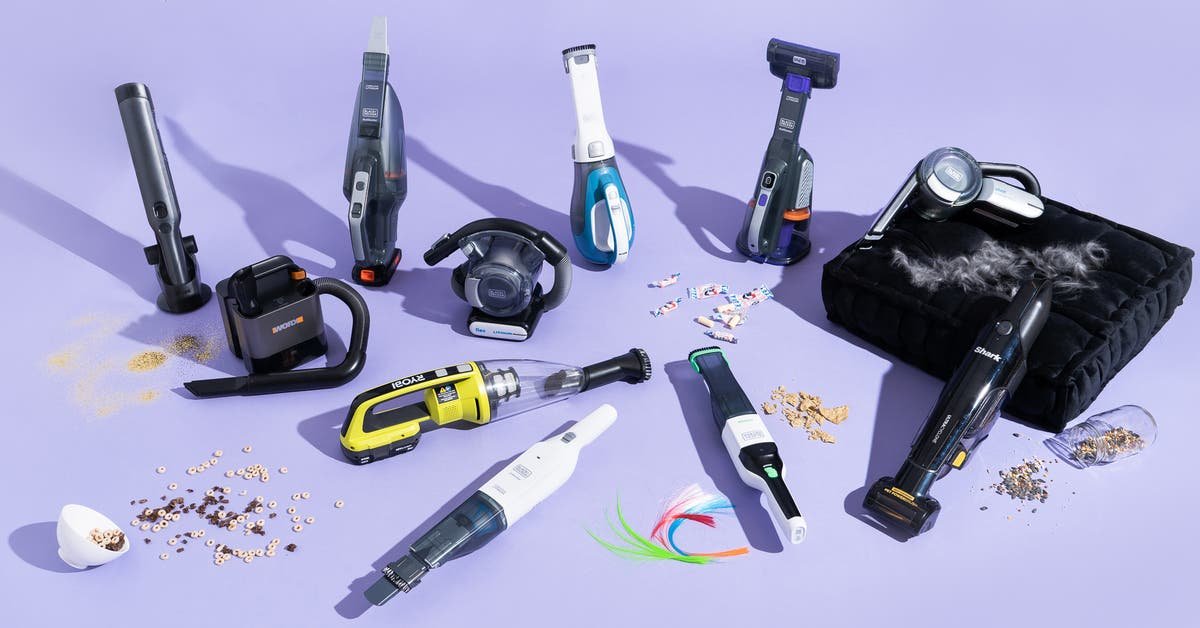
Too often, vacuum owners decide that their machine is broken, when in reality just a simple cleaning is in order. The makers of bagless vacuums, including handheld vacs, sell their models based on the convenience of not needing bags, but the appliances still require regular cleaning and maintenance, said James Brown, a vacuum service specialist and collector: “Realistically, the average person won’t clean it out as often as they should, which will go on to cause issues.”
Our full article on how to clean a vacuum cleaner has information for cleaning all types of vacuums, but here are five ways to keep your handheld clean and maintained:
Empty and clean the bin. An overstuffed bin blocks airflow, and that causes the suction to suffer. Hold the bin over a trash can and tap it until it’s empty. If the bin gets grimy, pop out and wash the whole bowl and then let it dry fully.
Wash or replace the filters. Check your vacuum’s owner manual for specific instructions on cleaning the filter, and do this task as often as the manual recommends. In all of our picks, the filters are washable. “Remember that the motor is trying to draw air to breathe through the filter. Clean the filters often, like at least every other use,” said Tom Gasko, vacuum-cleaner collector and repair specialist and owner of Mid Missouri Vacuum.
Check for clogs. Anything oversize or slightly sticky runs the risk of gumming up the works. Peer into the mechanism and pull out anything you see.
Clean the attachments. Clean off fur, hair, strings, and hay. “A brush clogged with hair means the motor is going to draw a lot more juice out of the battery and really reduce the amount of time that you can get out of the vacuum,” Gasko explained.
Consider whether it’s a charging issue. If, once all the parts are clear and clean, your handheld vacuum still isn’t performing, the batteries may be dead, or there could be some other fault in the charging system, such as dirty charging contacts or a broken power adapter.
Sarah Bogdan, Liam McCabe, Michelle Ma, and Seamus Bellamy wrote previous versions of this guide, which was first published in 2013. This guide was edited by Courtney Schley and Ingrid Skjong.





